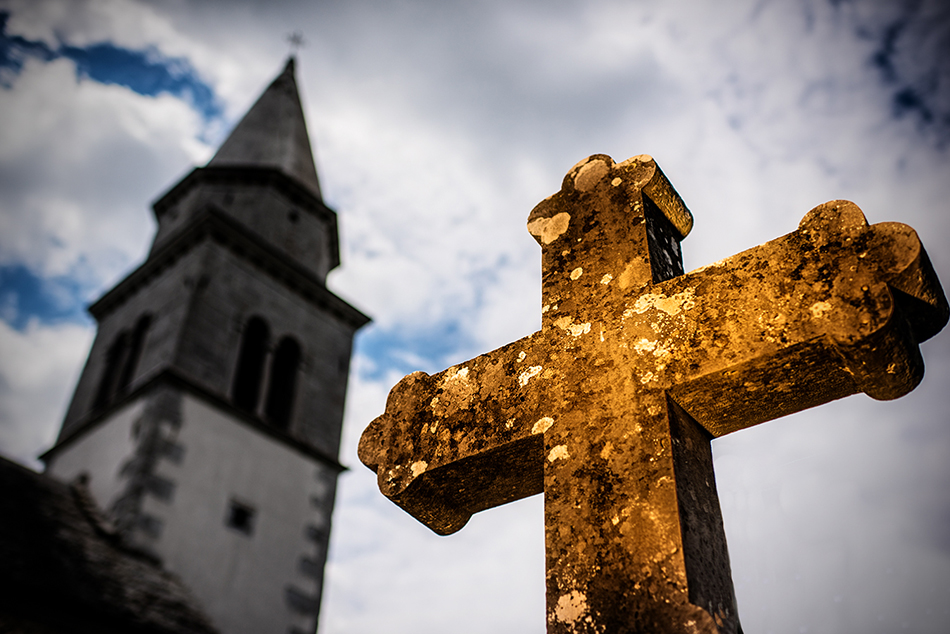
Slovenia
I teach composition on numerous workshops I teach, and one important part of this class is color theory. Seriously, I could spend all day talking about color and nothing else in composition. Color, or black and white, are incredibly powerful tools in design and art. Colors affect our emotion, mood and reaction to an image. Red might imply love, danger or heat, while blue will represent cold and somber moods. Using color (or BW) in composition is key to a strong image.
One aspect of color theory I often use in my image making is ‘warm advances, cool recedes’. This simple effect can be very helpful in composition. By finding a warm toned subject against a cool blue and dark background, I can emphasize the importance of the subject and direct the viewer to this area in the image. If you can’t find natural light to produce this effect, try making your own light. With the cemetery image above, I added a warm gel to my speedlight and flashed the cross while underexposing the background ambient light. If you don’t have a flash, you could also do a similar effect in LR or Photoshop.
Color theory is a cornerstone of composition. Understanding primary colors, complimentary colors and color relationships will improve your composition and help you get your message across in your image making.